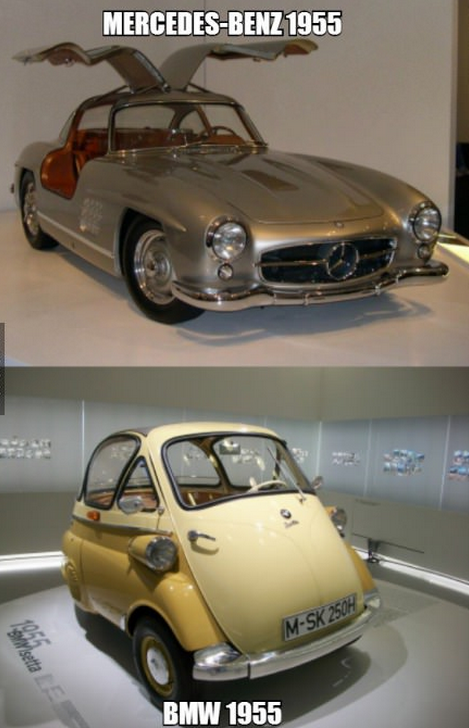Alex Anderson shared this video with us at our last Imagineering meeting. It is Apple's mission statement concerning design. The message it carries applies to our creative work at our various simulators. Please take a minute and watch.
The Vanguard (Exterior)
I'd like to share this with you. Alex and Brent are working on Farpoint's first ship, the Vanguard. This is a photo of the ship as it will appear in the simulator's controls. Pretty impressive, wouldn't you say?
Space and Science News
Dragon version 2 Unveiled by SpaceX
Over the next couple of years we will see the testing of spacecraft from three companies. Boeing is building the CST100 capsule, a traditional capsule similar to the Apollo mission spacecraft. Although similar from the outside, the interior boasts a futuristic airliner-like quality and 21st century technology. Sierra Nevada Corporation is designing the Dreamchaser, a lifting body design which has more in common with the recently terminated Space Shuttle, only smaller. The Dreamchaser will return to Earth as a glider to land on runways. The Dragon Version 2, however, is revolutionary from several technical aspects.
Interior of the new spacecraft, which can seat seven astronauts.
Designed to accommodate seven astronauts, the Dragon V2 will possibly be the safest spacecraft to fly into space. The Dragon V2 will include the new SuperDraco thruster engines which will firstly act as an escape system during the ENTIRE flight into space (previous escape towers only functioned at certain points of the initial launch), and then will work as the landing engines - yes, landing engines.
Artist concept drawing of Dragon v2 in orbit. The service module underneath the capsule is covered with solar panels. It is jettisoned prior to re-entry.
Dragon V2 will launch conventionally atop SpaceX's Heavy Falcon or the Falcon 9 rockets. After concluding their orbital missions, the spacecraft will return to Earth in a new remarkable way. On its way down, Dragon V2 will be protected by SpaceX's new advanced heat shield system. Once through the outer layers of the atmosphere, the craft will use the SuperDraco thrusters to slow its descent and control its approach to a landing site at any designated point: airports, fields, you name it - instead of the usual watery landing. Instead of being limited to a runway of sufficient quality and length, the Dragon V2 will land with helicopter precision. And then, the capsule will be refurbished and launch again. Reusability was foremost in the minds of the designers. The landing style is reminiscent of the old sci-fi movies of the 1950's and 60's, when finned rockets would land tail-first and pointed up into the sky for ready flight. As Elon Musk, the owner of SpaceX commented, "It's the way a spaceship SHOULD land!"
The vertical landing aspect allows a great capability for the spacecraft. It means that the ship would have the capability of landing on foreign bodies as well - which includes the Moon, and of course - Mars.
By Mark Daymont
Spacerubble.blogspot.com
By Mark Daymont
Spacerubble.blogspot.com
 |
| A Lesson in History |
 |
| Left in a restaurant instead of a tip |






















































